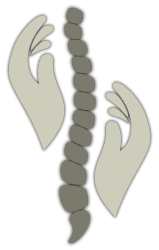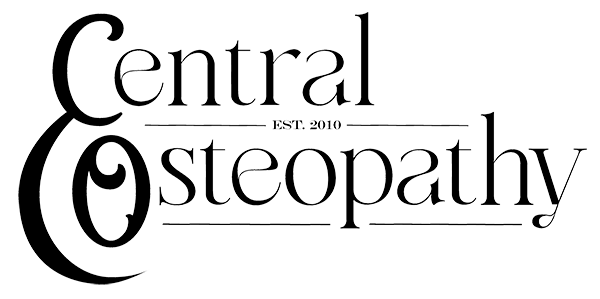Headaches & Migraines
Headaches are very common and we all know they can be debilitating. They are just one of those things we can’t ignore.
The common types of headaches can be classified into four categories: Cervicogenic, Migraine, Tension and Trigeminal Autonomic Cephalalgias. There are many variations which make headaches quite individual, but here is a summary which may help you identify your type:
Cervicogenic
Cervicogenic means ‘from the neck’ which is where they originate.
Quality: Patients often say the pain starts in their neck then moves up to the head. They are often mild to moderate in intensity.
Location: Usually unilateral (one side), refer posterior to anterior (back to front), often behind the eye.
Duration: Varies, but often last hours.
History: Can recur, often there is a history of neck pain that coincides with the headache.
Associated characteristics: Often related to neck pain / positioning.
Migraine
Nasty headaches that often put people out of action when they occur.
Quality: Pulsating, moderate to severe in intensity.
Location: Unilateral.
Duration: 4-72 hours.
History: More than 5 attacks required for medical diagnosis.
Associated characteristics: Can be an ‘aura’ beforehand such as blurred vision or flashing lights in eyes. By definition are associated with nausea/vomiting and/or photophobia (fear of light).
Tension
A band-like headache that affects both the left and right.
Quality: Pressing, tightening, mild to moderate in intensity.
Location: Bilateral.
Duration: 30min to 7 days.
History: More than 10 attacks required for medical diagnosis.
Associated characteristics: No nausea or photophobia.
Trigeminal Autonomic Cephalalgias e.g Cluster headaches
These headaches are severe and involve complex parts of the nervous system including the 5th cranial nerve (Trigeminal nerve).
Quality: Severe
Location: Unilateral, in the eye / temple region.
Duration: 15-180min.
History: More than 5 attacks required for medical diagnosis, with a frequency of between one every second day to 8 a day
Associated characteristics: Can be cluster pattern i.e. they come in a group for a period of days. Autonomic signs on same side e.g teary eye, drooping eyelid, pupil constriction.
Reference: International Headache Society (2018), International Classification of Headache Disorders (ICHD), 3rd Edition, Cephalalgia
Osteopathic treatment of headaches
Again, it is of the utmost importance to get the correct diagnosis and have someone treat all of the contributing parts.
Here are some common areas that can contribute to headaches and can be treated by a thorough osteopath. From the bottom up:
- Chronic fascial tightness anywhere in the body
- Short leg
- Pelvic imbalance
- Chronic lower back
- Sacrum or coccyx dysfunction
- Mid/upper back stiffness
- Shoulder tightness
- Upper rib issues – chronic rib stiffness can affect the adjacent sympathetic nervous system which controls the width of blood vessels. This area is often involved in migraines and provides a good avenue for treatment.
- Lower cervical (neck) issues – a common area for degenerative changes to discs and facet joints.
- Upper cervical joint stiffness – we find that the C2-3 segments are at least involved in some way in almost all headaches.
- Suboccipital muscle tightness – another common contributor to headaches, but be wary of ‘headache’ clinics that promote these muscles as their only avenue for treatment. (With any chronic muscle tightness that isn’t from overuse, you need to ask why the muscles are tight and address the underlying cause, otherwise, the tightness just comes back).
Get in Touch
At Central Osteopathy we treat all the tissues involved in a problem including muscles, joints and connective tissues so that the problem resolves quickly.

